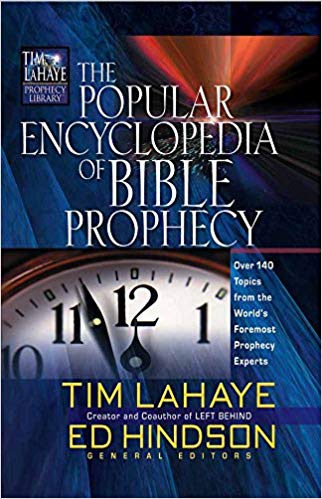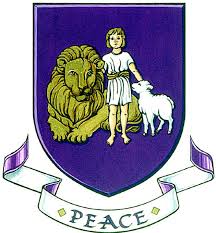ANTICHRIST Part II

THE POPULAR ENCYCLOPEDIA OF BIBLE PROPHECY
ANTICHRIST Part II
TITLES OF THE ANTICHRIST
The Bible uses several names and titles for the person we commonly call the Antichrist. Each of these provides a glimpse into a facet of his diabolical character and nature, and together they present an intricate portrait of the Antichrist. For example…
The Beast
I saw a beast coming out of the sea. He had ten horns and seven heads, with ten crowns on his horns, and on each head a blasphemous name (Revelation 13:1 NIV).
The Antichrist
Dear children, this is the last hour; and as you have heard that the antichrist is coming, even now many antichrists have come.…Who is the liar? It is the man who denies that Jesus is the Christ. Such a man is the antichrist (1 John 2:18,22). A great deal has been written about the prefix anti in connection with the Antichrist. It can mean either “against” (in opposition to) or “instead of” (in place of). Is he the great enemy of Christ, or is he a false Christ? If he is the enemy of Christ and the head of a Gentile world government, then he is most likely to be a Gentile himself. If he is a false messiah who is accepted by the Jews, then it would stand to
reason that he would be Jewish. The one called antichristos (antichrist) denies the existence of Christ, whereas pseudochristos (false Christ) affirms himself to be Christ. The biblical picture is that he is both. Initially, he presents himself as the “savior” of Israel by making a covenant to protect her (Daniel 9:27). In this manner, he appears to be her long- awaited Messiah. But in reality, he is against all that the messianic prophecies fore- tell about the true Messiah. Other titles for the Antichrist include “the man of lawlessness” and “the man doomed to destruction” (2 Thessalonians 2:3), “the lawless one” (2 Thessalonians 2:8), a little horn (Daniel 7:8), “the ruler who will come” (Daniel 9:26), and “the king [who] will do as he pleases” (Daniel 11:36).
THE ANTICHRIST’S NATIONALITY
The New Testament does not clearly state whether the Antichrist is a Jew or a Gentile. Most prophecy scholars believe he will be a Gentile for these reasons: 1. He leads the European union of Gentile nations (Daniel 7:8-24). 2. His covenant with Israel promises Gentile protection for Israel (Daniel 9:27). 3. His rule is part of the “times of the Gentiles” and their domination over Israel (Luke 21:24). These passages make it clear that the Antichrist will lead the Western powers, but they do not specifically designate him as a Gentile. He could possibly be of Jewish origin or nationality and still be a European or American Jew who leads the final form taken by the one-world government of the last days. Daniel 11:37, which says he will not regard the “God of his fathers” (KJV), can also be translated “gods of his fathers” (NIV). This makes his background inconclusive. The exegesis of Daniel 11:37 usually focuses on the Antichrist’s atheistic beliefs, regardless of whether he is a Jew or Gentile. Both the books of Daniel and Revelation associate the Antichrist with a confederation of ten European nations that correspond in some way to the old Roman Empire. We see this confederation symbolized by the ten toes of the great statue in
Nebuchadnezzar’s dream, as described in Daniel 2:31-45. This confederation is also symbolized in Daniel 7:19-28 and Revelation 13:1-9 by the ten horns on the beast. In Daniel’s prophecies, the Antichrist is always associated with the final phase of the Roman Empire (the fourth kingdom). In Revelation 17:9, he is identified with a city that sits on “seven hills” (frequently interpreted as Rome). Daniel 9:25-27 states that he will come from among the people who will destroy the Second Temple—that is, the Romans. With our world’s current emphasis on international oneness and our need for a human leader who can guarantee a peaceful coexistence between nations, we can easily imagine a powerful world ruler coming on the scene in the immediate future.

